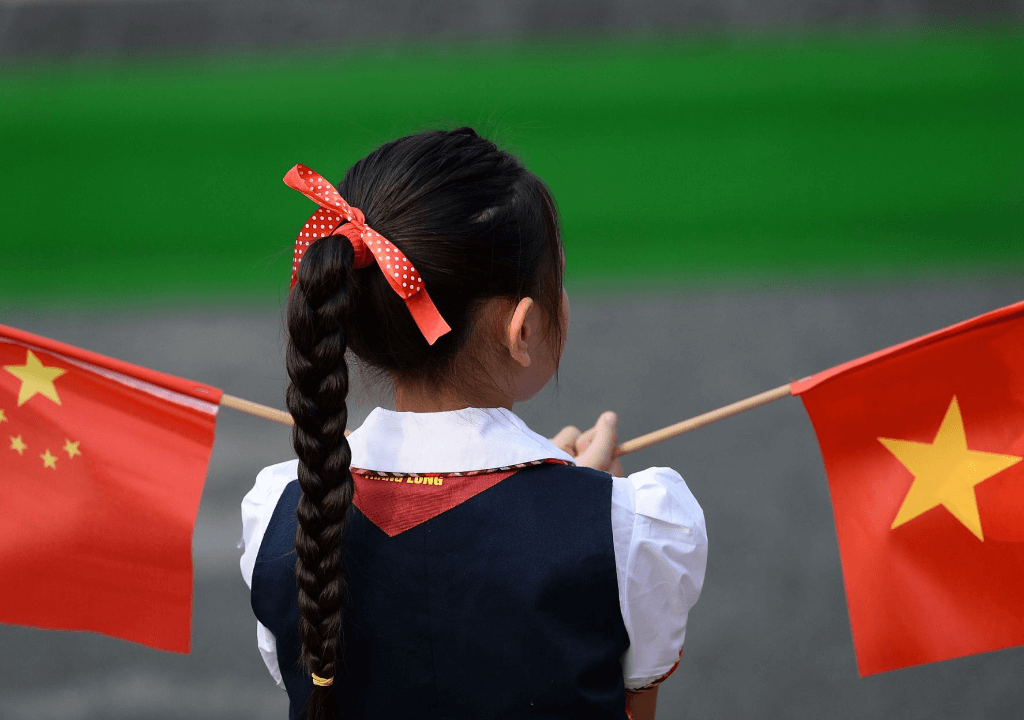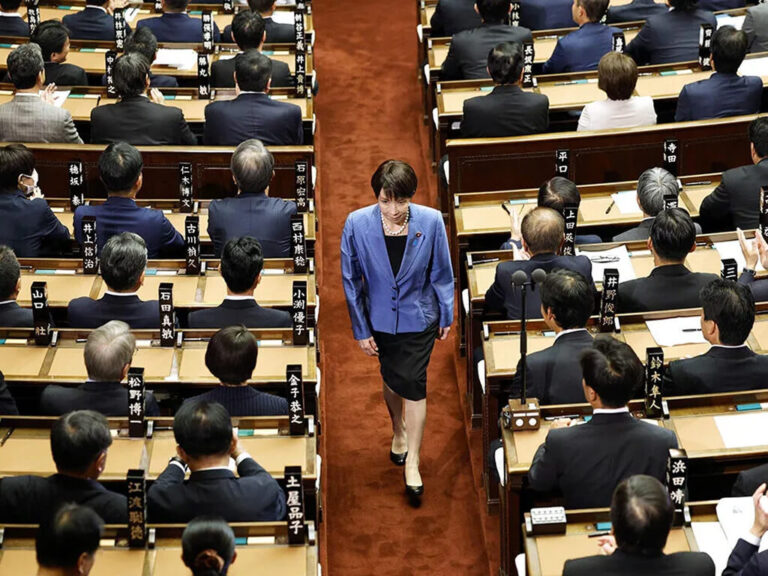China and Vietnam, often considered communist brothers, are unlikely to part ways as many political analysts believe. Instead, they are fostering closer relations between their communist parties and governments. With the passing of Nguyen Phu Trong, one of Vietnam’s influential leaders since Ho Chi Minh, it appears that Vietnam is drawing closer to the Chinese Communist Party and its government.
Vietnam’s new General Secretary of the Communist Party and President, Tô Lâm, conducted a state visit to China from August 18-20. This marked his first foreign visit since being appointed to the powerful position following the passing of Phu Trong, signaling his prioritization of China. The official welcome, attended by Tô Lâm, his spouse, and a high-level Vietnamese delegation, was held with full honors at the Great Hall of the People in Beijing on Monday. The ceremony was presided over by Xi Jinping, General Secretary of the Communist Party of China (CPC) and President of China, along with his spouse.
The event featured a notable presence of senior leaders from both the Chinese government and the Communist Party. Attendees included Cai Qi, a member of the Politburo Standing Committee, Secretary of the Secretariat, and Director of the General Office of the CPC; Wang Yi, Politburo member, Director of the Office of the Central Foreign Affairs Commission, and Minister of Foreign Affairs; Wang Xiaohong, State Councilor and Minister of Public Security; Liu Jianchao, Head of the International Department of the CPC Central Committee; Zheng Shanjie, Director of the National Development and Reform Commission; Jin Zhuanglong, Minister of Industry and Information Technology; and Wang Wentao, Minister of Commerce, among others. The presence of these high-ranking officials underscores the significance of the visit and Several agreements are anticipated from the visit, which could benefit Vietnam, particularly as China seeks greater cooperation with Vietnam amid its ongoing tensions with the United States.
Both sides expressed satisfaction with the historic advancement of their relationship, which has reached an unprecedented level of intensity, comprehensiveness, and substance. Notable achievements include strengthened political trust, elevated bilateral ties, regular exchanges and contacts at all levels, robust trade collaboration, significant growth in Chinese investments in Vietnam, a strong recovery in tourism, and enhanced local and people-to-people cooperation.
President Lâm welcomed China’s participation in three standard-gauge railway projects linking the two countries, including the Vientiane–Vũng Áng railway and the metro system in Hanoi. He encouraged China to continue expanding its market for high-quality Vietnamese farm products and to support the establishment of Vietnam’s Consulate General in Chongqing and trade promotion offices in China. Additionally, he proposed that China accelerate large-scale, high-quality investments in Vietnam, implement smart border gates, consider local currency payment cooperation, and enhance collaboration in science and technology, innovation, green transition, digital transformation, and high-tech agriculture. Vietnam hopes China will favorably consider these proposals, particularly in light of its general hesitation towards foreign investments from the West.
Agreeing with Lâm, Li emphasized the need for both countries to maintain their cooperative structure and focus on win-win development. Li also highlighted efforts to improve rail connections between Vietnam and Europe via China, expedite the feasibility study for the Lào Cai–Hà Nội–Hải Phòng railway, plan the Đồng Đăng–Hà Nội and Móng Cái–Hạ Long–Hải Phòng railways, and facilitate the entry of high-quality Vietnamese agro-fishery products into China.
Recognizing the significant potential for cooperation between their countries, the two leaders agreed to work together to enhance political and economic confidence and build a Việt Nam-China community with a shared future of strategic importance. They aim to advance bilateral relations to a new level based on the six major orientations, maintain regular communication at all levels, and promote exchanges and cooperation through Party, Government, National Assembly/National People’s Congress, and Fatherland Front/People’s Political Consultative Conference channels.
While former Party Secretary of Vietnam Nguyễn Phú Trọng engaged with many Western countries, including the United States, and attracted investments from nations such as Germany, many expected Vietnam to align with the U.S. and Japan, which are positioning themselves against China in the region. However, recent diplomatic actions by the Communist Party of Vietnam indicate that, despite disagreements over South China Sea territories, Vietnam remains closely aligned with the Chinese Communist Party. This collaboration could negatively influence the United States by enhancing China’s regional position. As China extends its influence in the South China Sea, it may secure a strategic advantage.








